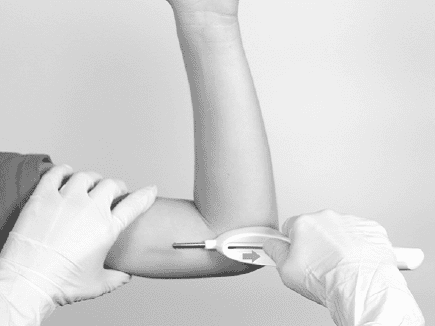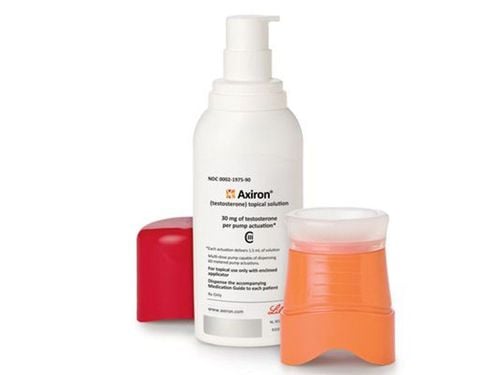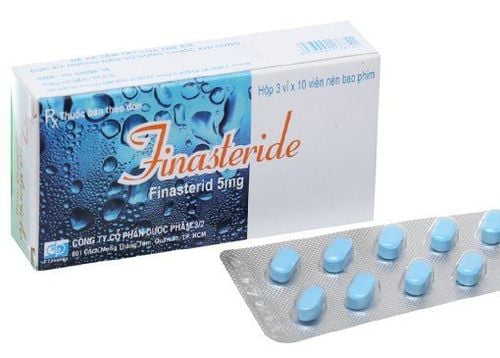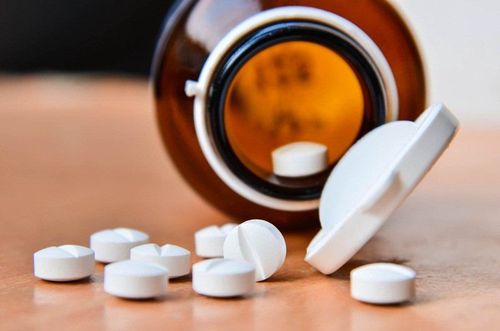This is an automatically translated article.
Hot flashes are not just a women's problem. In fact, hot flashes can occur in both men and cause a lot of trouble for the patient. But now there are treatments to help overcome this problem.
1. What is the cause of hot flashes in men?
In both men and women, hormones are the main cause of hot flashes. In addition, hot flashes can be triggered by fever, rosacea, emotional flushing, etc. About 70% of women experience hot flashes around the time of menopause, when estrogen levels plummet. In men, the cause is testosterone.
In fact, although testosterone levels drop by about 1% each year after age 40, most men maintain testosterone levels in the normal range and almost all have enough testosterone to prevent hot flashes. fire in the face. However, there are men with androgen deficiency such as patients being treated for prostate cancer.
The growth of prostate cells is stimulated by testosterone and treatments will reduce the level of the hormone or prevent its effects in the body to help treat the disease. In the past, treatment for prostate cancer was done with surgery or by using estrogen pills.
By mid-2005, however, treatment often relied on drugs that reduce testosterone production, such as leuprolide (Lupron) or goserelin (Zoladex) or drugs that block the effects of testosterone on tissues, such as bicalutamide (Casodex).
2. Symptoms of hot flashes in men
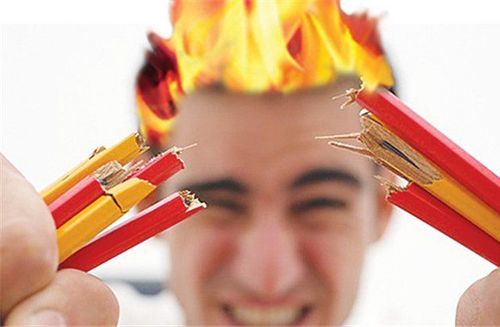
Các cơn bốc hỏa thường khởi đầu bằng một cảm giác ấm nóng hoặc đỏ bừng đột ngột, dữ dội nhất ở mặt và thân trên
Hot flashes in men are similar to those in women. Hot flashes usually begin with a sudden feeling of warmth or flushing, most intense in the face and upper body, often accompanied by sweating and flushed skin. Hot flashes usually occur at night. They can be quite short, averaging four minutes. Hot flashes can be infrequent and mild or quite severe and troublesome for the patient, sometimes occurring 6 to 10 times a day. In some cases, patients also feel anxious, palpitations or irritable when having a hot flash.
Most women get over hot flashes for a year or so and may not need treatment. In men, hot flashes that occur during periods of temporary androgen deprivation usually resolve within three or four months of stopping treatment.

ở đàn ông, cơn bốc hỏa diễn ra trong khoảng thời gian thiếu androgen tạm thời thường hồi phục trong vòng ba hoặc bốn tháng sau khi ngừng điều tr
3. Treatment of hot flashes in men
For prostate cancer patients can't take testosterone, but they can use female hormone to reduce hot flashes. But using female sex hormones can lead to some side effects such as weight gain, bloating, nausea.
There are also other treatments that have a high success rate with fewer side effects. That is the use of antidepressants. Selective serotonin reuptake inhibitors (SSRIs) such as paroxetine (Paxil), and other antidepressants such as venlafaxine (Effexor) have been shown to be effective in treating hot flashes in both men and women. Both are well-tolerated, with venlafaxine can sometimes increase blood pressure and SSRIs can cause sexual dysfunction.
Please dial HOTLINE for more information or register for an appointment HERE. Download MyVinmec app to make appointments faster and to manage your bookings easily.
Articles source references: Mayoclinic.org, Mayoclinicproceedings.org, Health.harvard.edu



